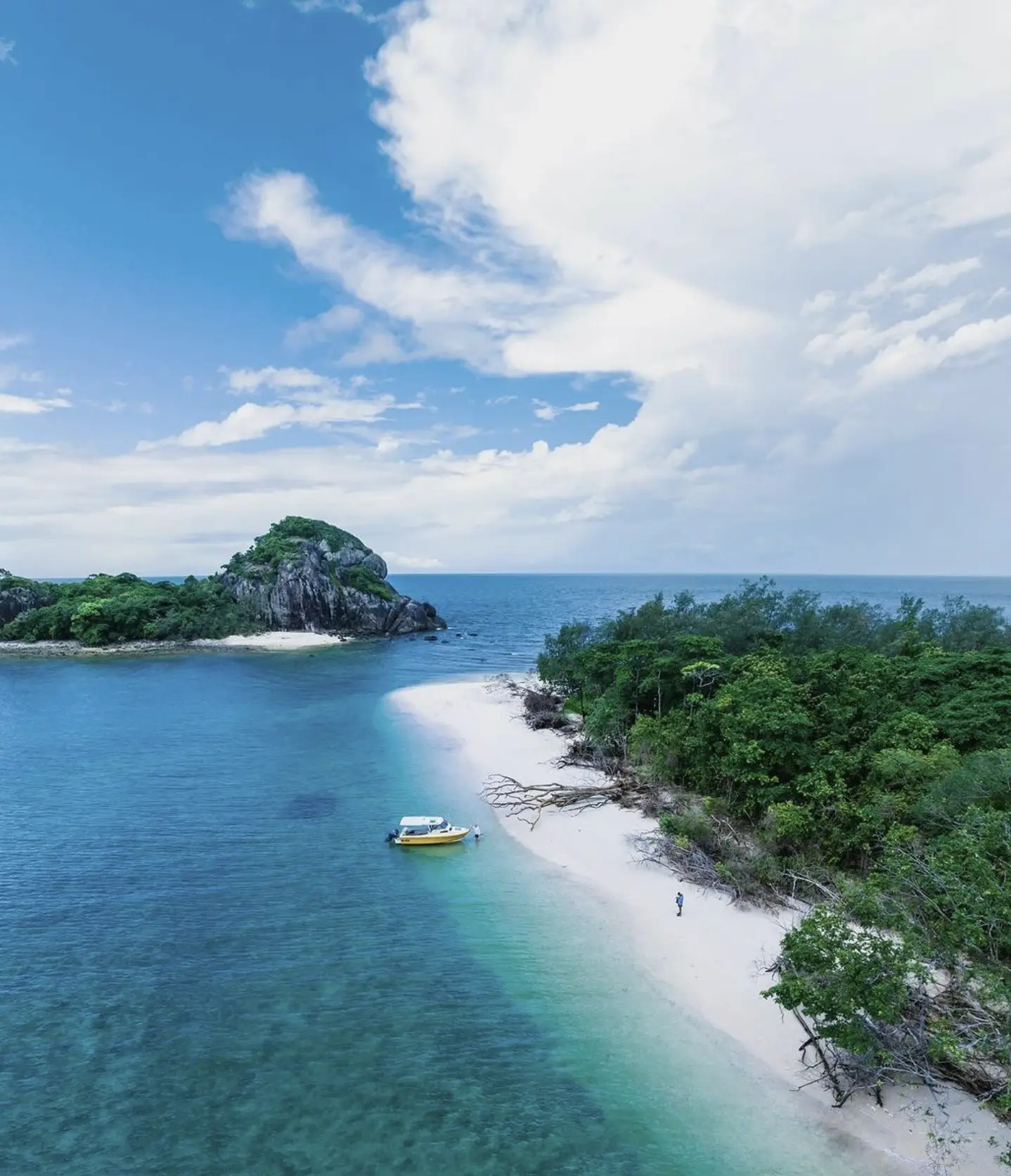Secret islands of the Great Barrier Reef aren’t just marketing fluff — they’re real, remote, and mostly ignored by the tour-bus crowd. If you’re the kind of traveller who packs a snorkel before a phone charger, then these off-grid coral cays and reef-fringed specks are for you.
Trust me — the reef’s lesser-known islands offer something the big-ticket spots can’t: solitude, story, and saltwater stillness. Here’s a guide to my favourite secret islands on the Great Barrier Reef and why these spots deserve a place on your reef bucket list.
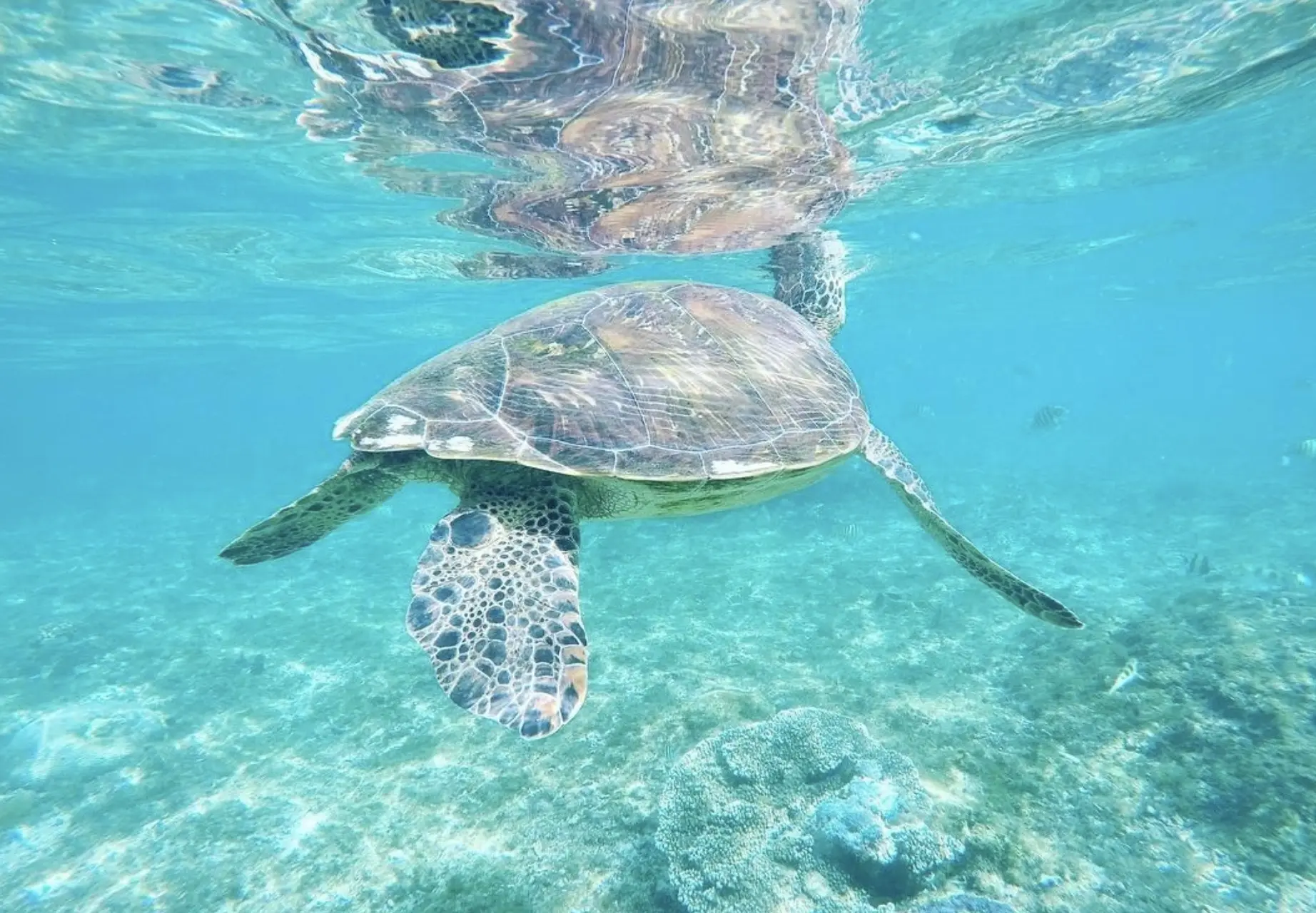
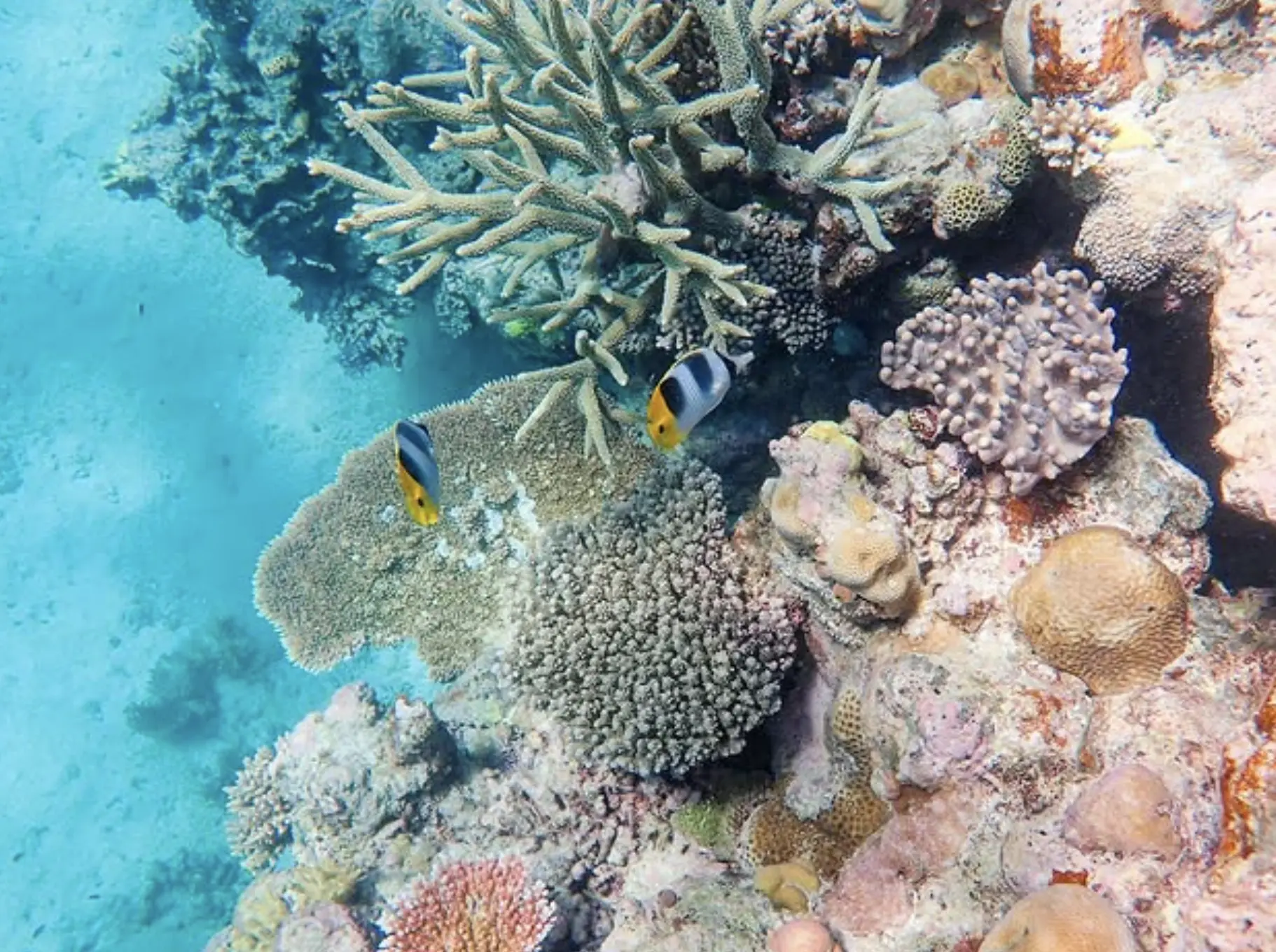
Why the Quiet Corners Matter
Here’s the thing about the reef: it’s under stress. Climate change, mass tourism, warming surface temperatures, and storm damage all impact reef health. The quiet corners—the islands with no jetty, no bar, and no Instagram hotspot—are often healthier. They’re refuges for marine life and vital zones for reef health surveys.
When you visit one of these authentic islands respectfully—leaving no trace, taking only memories—you’re not just seeing the reef, you’re helping it. Plus, many of these islands are within national park areas, and some serve as
A Coral Wonderland
The Great Barrier Reef isn’t just one big reef—it’s 2,900 individual reefs and over 900 islands spread across 2,300 kilometres. Some islands are coral cays, born from sand and coral rubble. Others are continental, rising like old bones from the seabed.
The secret ones? They’re often smaller, harder to reach, or simply overshadowed by the flashy resort islands. But that makes them better for wildlife, snorkelling, and low-impact adventures. You get:
- Clearer reef edges and healthier coral habitats
- Better wildlife encounters (think nesting seabirds, manta rays and green sea turtles)
- Fewer boats, fewer bodies, more peace
- Lots of fish life, with thousands of fish zooming past coral walls
- Dramatic walls, deeper dive sites, colourful fish, and personal dive expeditions
- That sweet sense of “being the only one there“
These islands sit near or among iconic coral reef systems like Sudbury Reef, Tiger Reef, Kangaroo Reef, Agincourt Reef, Fitzroy Reef, Elisabeth Reef and even unnamed reefs that
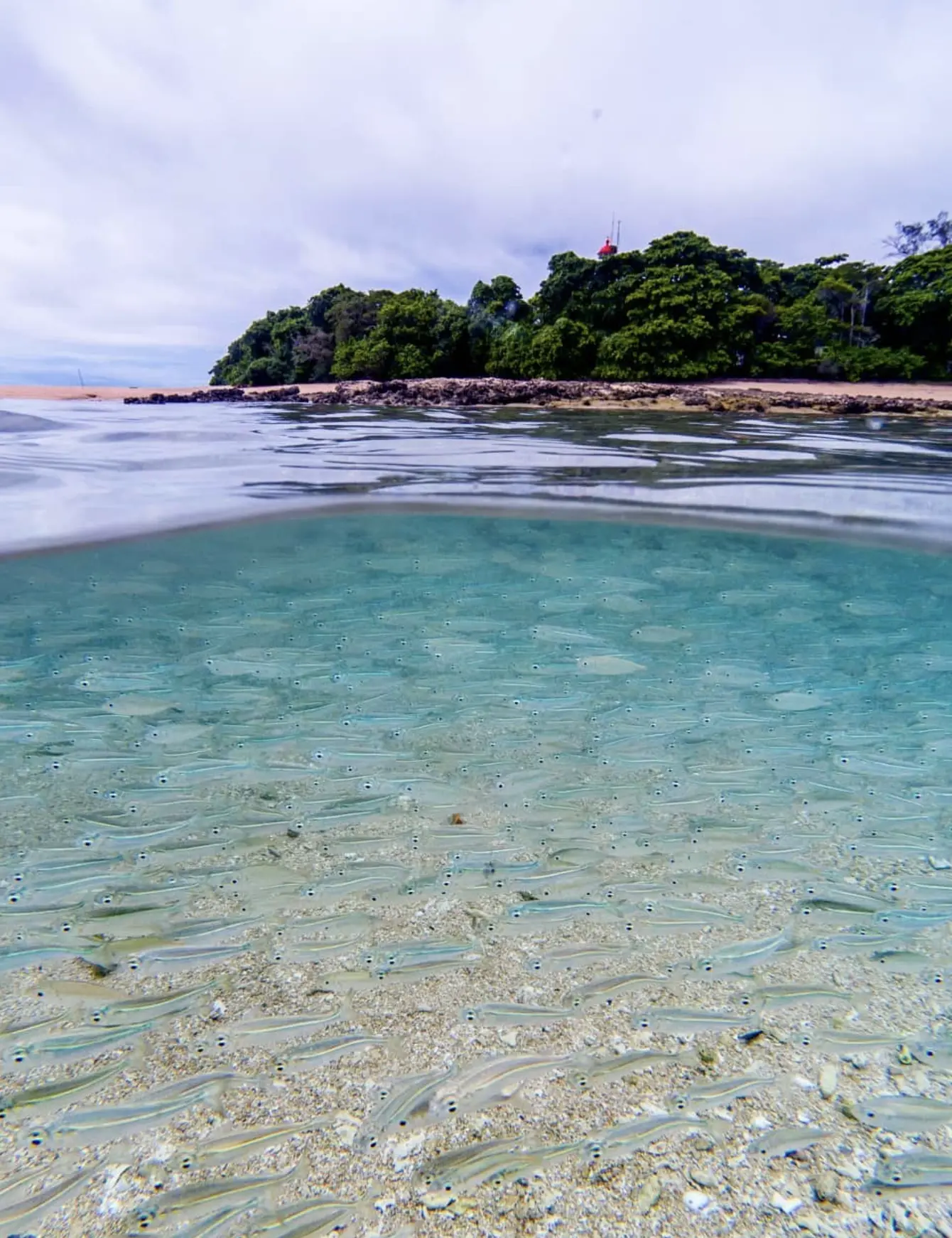
Long Island
There’s a symphony of calm that envelops you when you step off the coral-limestone jetty onto Long Island. It’s a little more than a sandy wedge fringed by fringing reef, sandflies, and a handful of hardy pandanus. But once the daytrippers drift off, all you’ve got is the quiet hiss of reef waves and rainbow parrotfish schooling beneath your kayak.
Top Snorkel Spot:
- Paddle around the eastern reef edge early in the morning—visibility is crisp, and it’s prime time for catching turtles grazing on seagrass just off the reef.
- Drift snorkel north of the island at high tide to find a coral bommie where soft coral and vibrant fish congregate, from anthias to butterflyfish.
Camping Vibe:
- Tent under the pandanus grove—mornings smell of salt and damp sand, while nights are serenaded by a choir of green tree frogs.
- Be warned: sandflies appear en masse at dusk, so pack strong repellent and a mozzie net.
Local Tip:
- On calm days, try a quick dive at the nearby reef wall—vertical walls off Long Island drop to 30 metres, teeming with fish kaleidoscopic in hues you’d struggle to name.
- Keep an eye out for manta rays patrolling the Blue Hole—if you’re lucky, you can spot a giant manta ray dancing in the deep.
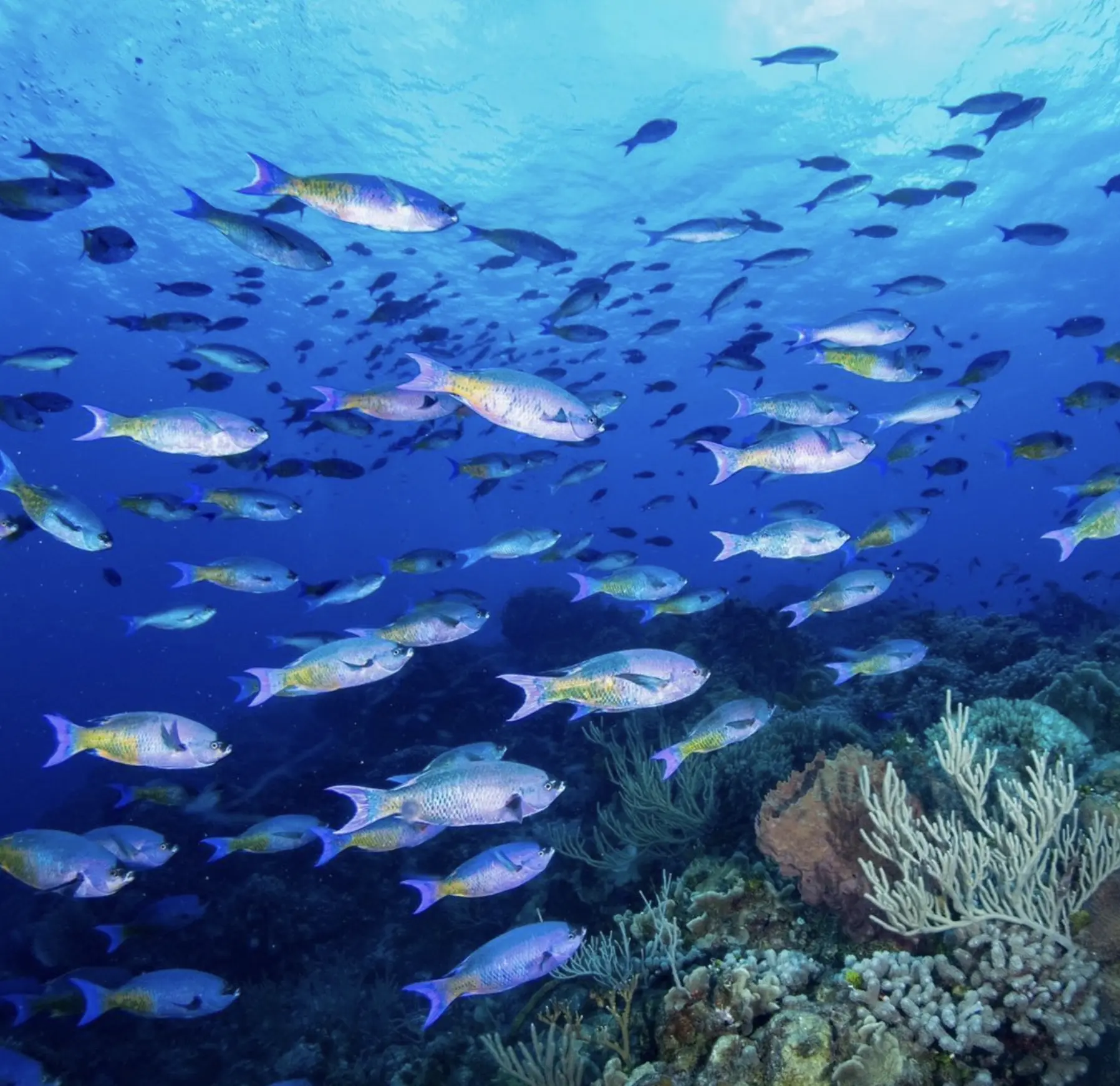
Haggerstone Island
Haggerstone is no typical “backpacker’s hideout.” Think eco-luxe safari tents swapped for beachfront dwellings with open-air showers facing the reef. Owned and run by a bloke who’s been gabbing about conservation longer than most blokes have been alive, this place has a fierce focus on protecting turtles and dugongs in that calm calving ground.
Wildlife Highlights:
- Daily turtle patrols: sunset walks to the nesting beaches where hawksbill and green turtles haul themselves ashore.
- Saltwater crocodile spotting from the elevated dinghy dock—eyes just above the waterline, they watch you as keenly as you watch them.
Eco-Luxe Stay:
- Weatherboard cottages with wraparound decks, rainwater showers, and solar power.
- All seafood on the menu is sustainably caught—murray cod, coral trout, and local prawns grilled to perfection.
Insider Tip:
- Join a low-tide reef walk with the owner. He’ll point out hidden reef critters—blotched leopard sea cucumbers, blue-ringed octopus (look but don’t poke!), and that odd little nudibranch as small as a fingernail.
- If you’ve got the coin, splash out on a helicopter transfer to cruise over the Tiger Reef and Briggs Reef. The aerial perspective on those spectacular drop-offs is worth every dime.
Orpheus Island
If Bedarra’s “barefoot luxe”, Orpheus is “rainforest savannah meets resort chic.” It’s part national park, part fancy resort, all smothered in lush greenery. The resort’s beachfront villas perch on stilts, offering direct reef access—just slip out of bed, drop into the water, and say g’day to clownfish and anemones before breakfast.
Rainforest Roam:
- Explore the tropical forest track behind the resort—orchids, fan palms, and the odd shy cassowary (keep your distance!).
- Pick up a National Park pass at the visitor centre—$13 for a daily pass, well worth preserving this little Eden.
Reef Experience:
- The house reef is sheer perfection—plenty of bommies for novice drifters. At high tide, munch on giant clam gardens just metres from the villa deck.
- Dive trips head out to deeper offshore ribbon reefs like Bowen Reef—grand coral formations, vertical walls, and clumps of colourful fish.
In-Resort Indulgence:
- Post-snorkel, indulge in reef-to-plate seafood at the waterfront restaurant—coral trout, local mud crab, and reef calamari.
- For the pamper crowd, the spa offers “reef crystal” massages—sugared coral scrubs with local coconut oil.
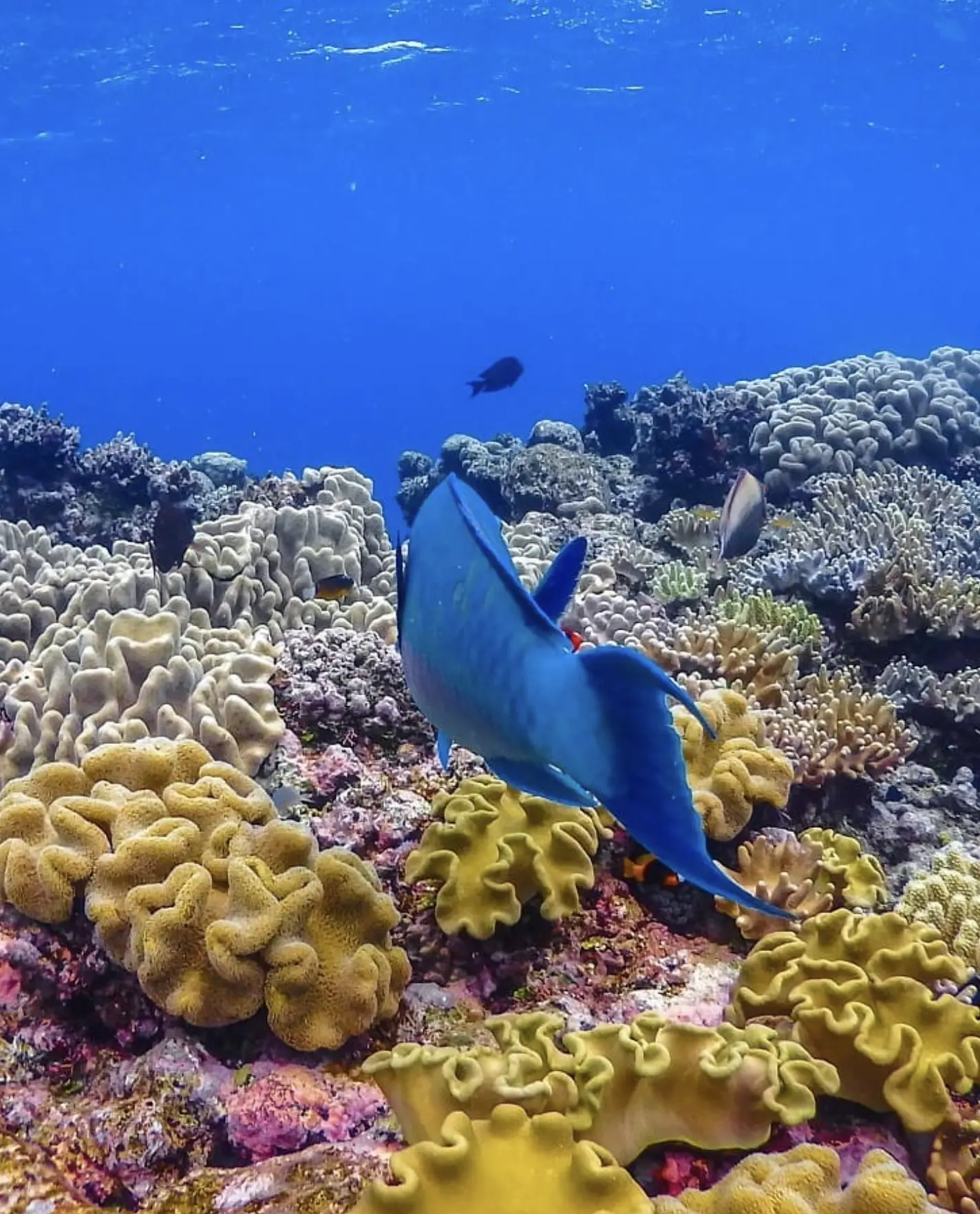
North West Island
North West Island is a sprawling sand cay where seabird colonies reign supreme. Come July, wedge-tailed shearwaters, sooty terns, and lesser frigatebirds descend by the thousands to nest, creating a deafening cacophony. But make no mistake—this cacophony is part of what makes it magical.
Seabird Spectacle:
- Join early-morning birdwatching sessions. You’ll see wingtips silhouetted against a salmon-pink sky as thousands of terns swirl like living kaleidoscopes.
- Respect the nesting zones—stick to marked trails. The slightest disturbance can cause catastrophic nest abandonment.
Turtle Nesting Ground:
- From November to March, female green turtles paddle ashore under the cloak of darkness to lay eggs. You can volunteer for turtle patrols—walk the beach at midnight, torch in hand, to ensure nests are safe from feral predators.
- Book well in advance—volunteer spots fill quicker than a reef café on lunch hour.
No-Frills Camping:
- Sand dunes only. Leave the glamp out of it—expect basic amenities: pit toilets, rainwater tanks, and communal tables.
- Bring heavy-duty pegs—those sandflies are relentless when the sun dips.
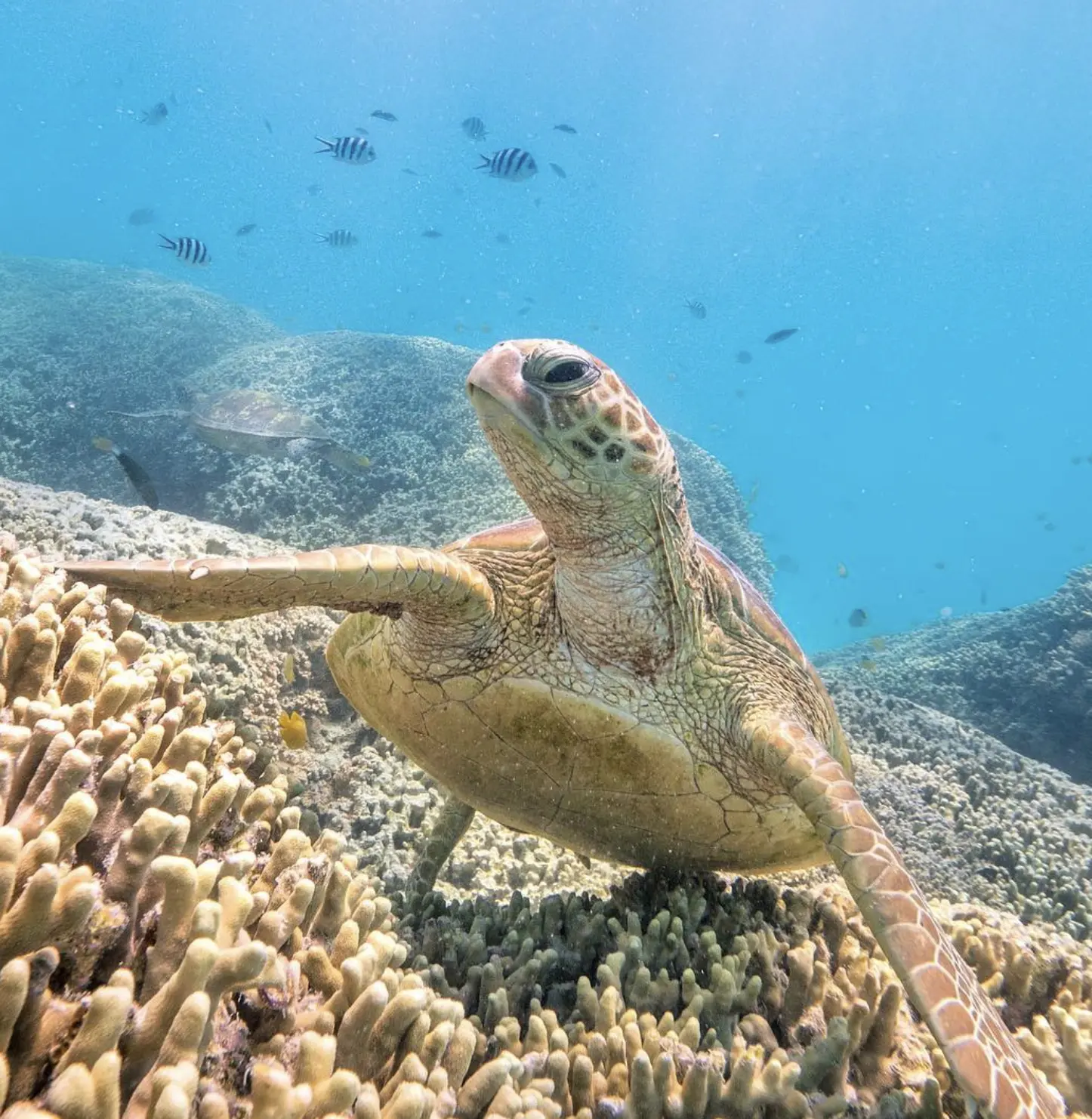
Bedarra Island
Bedarra is a short hop from Mission Beach, but stepping off the boat feels like landing in the Garden of Eden. Hello, pandanus-lined beaches meeting fringing coral gardens, beyond which swathes of lush tropical rainforest keep creaking at you.
Resort Elegance & Privacy:
- Five self-contained villas built into a slope—think panoramic balconies facing the reef. Disappear to your own plunge pool or beach hammock, wave to the resident wallabies as they bounce past.
- Eco credentials are tight: solar power, rainwater tanks, and an organic veggie patch that supplies the restaurant.
Rainforest to Reef Combo:
- Hike the private trail network—mature palms, hoop pines, and echidnas scuttling away. At the highest lookout, the reef seems to slice the sea like a jagged comb.
- Then slip into the shallows for a reef snorkel; giant clams lie half-buried in the sand, and schools of fish diversity swirl around coral bommies.
Snorkel Spot:
- Around Ellison Reef, you’ll find colourful staghorn coral gardens at low tide—just watch out for sea urchins and drift over to witness pink manta ray sightings off the deeper corners.
Frankland Islands
Where Bruce’s magic and turtle towns converge
Named after the explorer George Frankland, this quartet of granite-cored islands—High, Normanby, Russell, and Mabel—offers a land-sea tapestry that feels like a BBC nature doco come alive. Operator Bruce runs the show, and it’s all about conservation meets cosy hospitality.
Day Trip Delights:
- Bruce’s Day cruises depart from Tully. You’ll snorkel the fringing reef, then toddle back to a sugary beach picnic with fresh prawns and crayfish.
- After lunch, take a guided rainforest walk to spot cassowaries (if you’re lucky), fruit doves, and ancient strangler figs.
Turtle Town:
- The bay on Normanby is a year-round turtle nursery—green and loggerhead turtles bob in the shallows, munching on seagrass as if at an oceanic café.
- Remember to keep your distance—these gentle giants deserve respect.
Small Camp Vibe:
- If you bag an overnight spot, tent under ghost gums, fall asleep to the hum of cicadas, and wake to a milky morning where the reef glitters beyond.
- Pack a warm layer—Franklands can get nippy after sundown, even in the dry season.
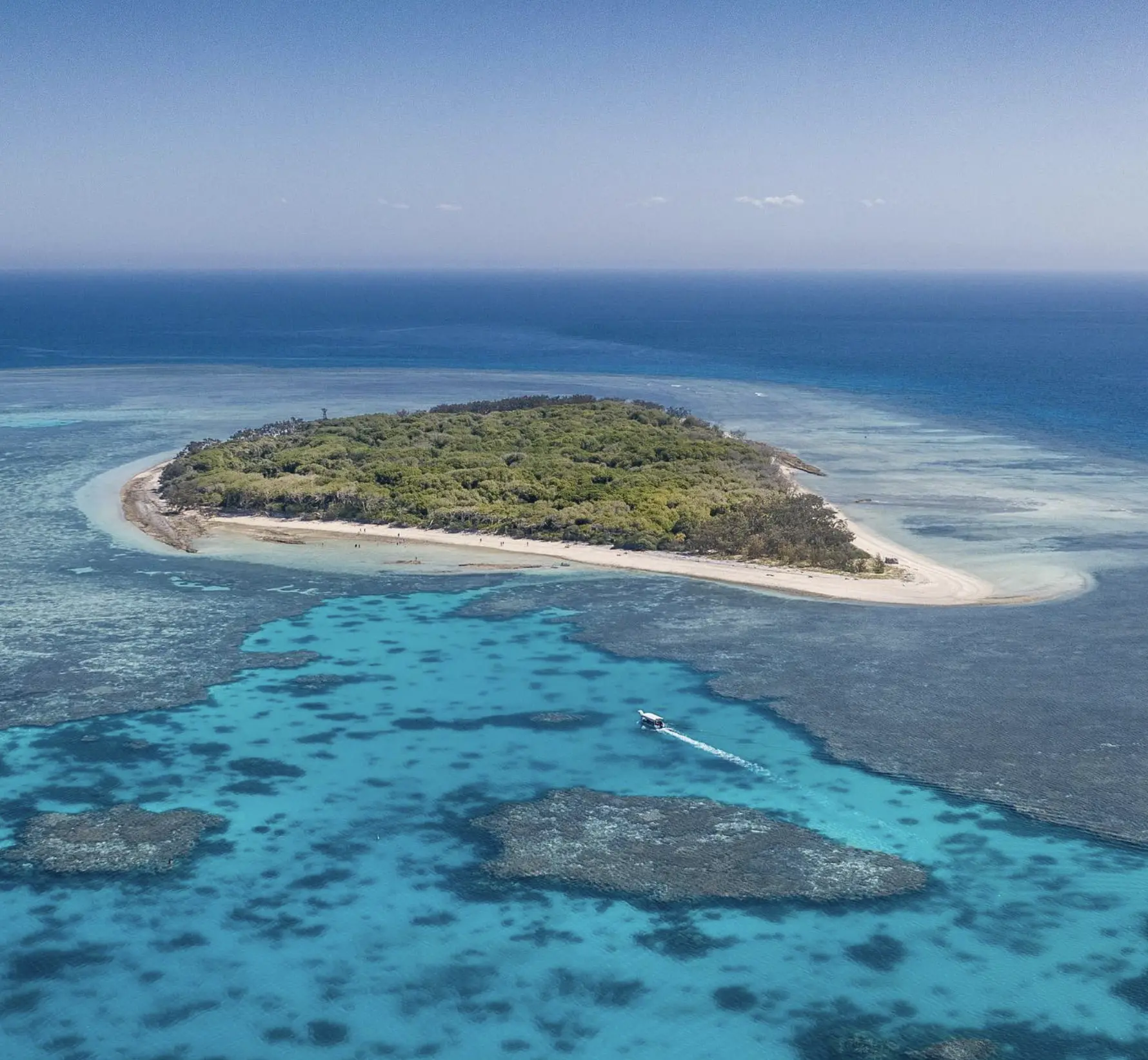
Pelorus Island
Pelorus is the most remote of the Palm Island Group—think “day trip if you’ve got stamina.” Named after HMS Pelorus, the island has seen more storms and shipwrecks than you can shake a marlin rod at. Today, its sandy coves and emerald hills feel utterly untouched.
Day Trip Itinerary:
- Early boat from Townsville—five-hour round-trip, so pack breakfast wraps and enough fuel for an outboard’s worst day.
- First stop: The Ghost Town—a sunken schooner wreck just off Horseshoe Bay, teeming with fusiliers and schooling sweetlips among brilliant corals.
Reef Snorkel:
- Rendezvous at Sandy Bay—prime coral bommies arch beneath the waterline. Hold your breath and duck under: giant clams scatter like underwater chandeliers.
Rainforest Ramble:
- A short track leads up to a lookout where you’ll spot Mt Bowen hazily ringing the horizon. This is cassowary territory—go slow, keep quiet, and listen for leaf thrushes calling.
Camping Setup:
- Drop a swag near the dune crest—dawn light spills through flying fox colonies roosting overhead. Yes, their droppings can get a bit yeuch, but that’s island life.
- Bring a tube of tiger balm for mozzie bites—Pelorus has more mozzies than you can swat in a month.
Tide Caution:
I once tried to wade out to the wreck at low tide—reef flats stretch for yonks, but currents can be brutal. Ended up dancing on coral bommies until a friendly jelly reminded me to back off. Lesson: respect the tides or pay the tide.
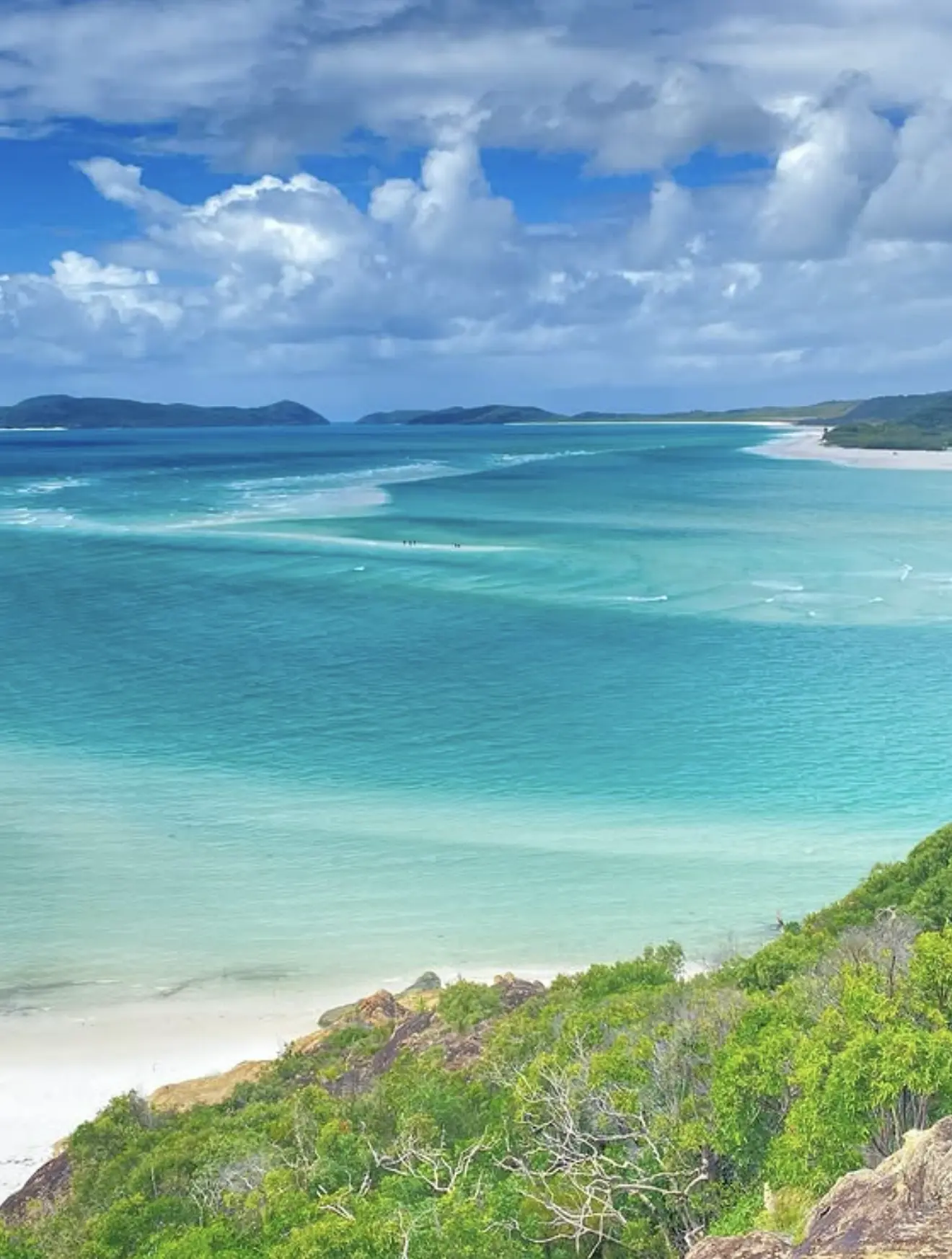
Low Isles
Low Isles is the day-trip darling for Cairns folk—just 30 minutes by boat, yet it feels a world away. Sand cay meets heritage-listed lighthouse, surrounded by a patchwork reef so shallow you could almost snorkel from the boat.
Lighthouse Loft:
- Climb the 76 steps of the 1878 stone lighthouse—panoramic views that stretch to the mainland. On a clear day, you can spot the Daintree headland on the horizon.
- Watch for turtles bobbing near the tower—if you’re really lucky, a manta ray might wing past the reef edge.
Reef Access:
- The reef’s boundary is marked by a floating pontoon—ideal for chlorine-free dives or snorkels.
- Tuck into the “Coral Garden” at high tide: staghorn, brain, and plate corals laid out like a reefy museum.
Wildlife Highlights:
- Courtship displays by the emerald-green male bowerbird along the walking track.
- Occasional dugong sightings grazing seagrass at low tide—like spotting whales on a half-price day trip.
Casual Picnic Setup:
- Bring a shady umbrella or a coral reef chair—shade is scarce.
- A cheese sandwich in 30-degree heat is a sobering experience—swap it for a fresh tropical salad instead.
Kids’ Corner:
- Low Isles is perfect for families: shallow water, lifeguards on the pontoon, and educational tours by rangers explaining tropical rainforest niches on the cay.
- Pack a mesh bucket and some small hand nets for a gentle “touch tank” experience—starfish, sea cucumbers, and the odd baby hermit crab.
Quick Tips for Reef Island Travellers
- Permits: Check with QPWS for camping permits or marine park zones
- Gear: Snorkel, rashie, reef-safe sunscreen, dry bag, torch
- Seasonal Access: Wet season (Nov–Apr) can bring cyclones and limited ferries
- Crocodiles & Stingers: Know where you’re swimming — not all waters are safe
- Respect: Acknowledge Traditional Owners and follow signage — some areas may be closed for cultural reasons
